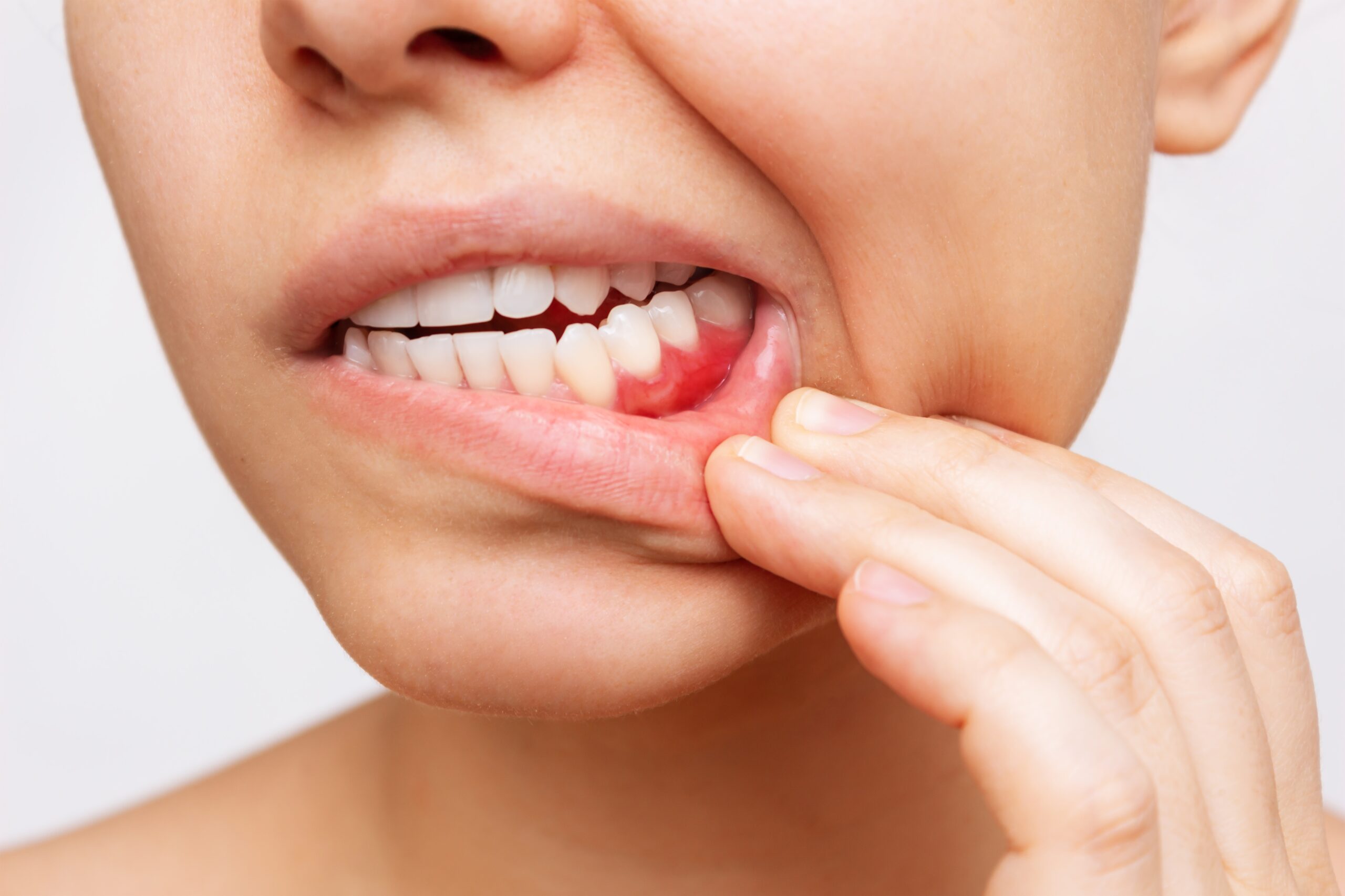Oral Cancer: What You Need to Know and How to Protect Yourself
-
October 8, 2025
-
3 Minutes

The word “cancer” can be unsettling. But knowledge is power, especially when it comes to oral cancer, which is highly treatable when caught early. Unfortunately, most cases aren’t diagnosed until the later stages, making awareness and routine screenings essential.
Oral cancer does not only affect older adults or tobacco users. The fastest-growing group of new cases includes young, non-smoking adults. Let’s walk through what’s changing, what signs to watch for, and how to stay protected.
Why Oral Cancer Affects More Than Just Smokers
While tobacco use remains a major risk factor, there’s a growing cause behind today’s rising oral cancer cases: Human Papilloma Virus (HPV), particularly the strain known as HPV16 attributing to about 90% of HPV positive oropharyngeal squamous cell carcinomas.
- HPV is the most common sexually transmitted infection in the U.S.
- Nearly half of all sexually active people will contract it at some point
- While many strains cause no serious harm, HPV16 can lead to cancer by altering cell DNA
You may already know that HPV16 is linked to cervical cancer. Now we know it’s also responsible for many new cases of oral cancer.
Signs and Symptoms to Watch For
Most mouth sores are harmless. But persistent changes should always be checked out. See a dental professional if you notice:
- A sore that doesn’t heal within 2 weeks
- Red or white patches in your mouth
- A lump or thickening in your cheek or neck
- Persistent sore throat or hoarseness, may feel like something is “stuck”
- Difficulty Swallowing
- A lesion on the tongue, especially the sides or underneath
- A sore on the lower lip, particularly if linked to sun exposure
The tongue and the floor of the mouth are the most common sites for squamous cell carcinomas, the most frequent type of oral cancer. These areas are rich in blood vessels and lymphatic pathways, which makes it easier for cancer to spread if left untreated.
How Oral Cancer Is Diagnosed and Treated
Your regular dental checkup should include an oral cancer screening. These screenings are a quick, visual and tactile (touch-based) exam of your mouth, throat, and neck. Some screenings may include fluorescent lighting, a non-invasive tool that helps dental professionals identify abnormal tissue changes in the mouth not visible in regular light.
If anything looks unusual, a dentist may recommend a biopsy. This simple test involves removing a small piece of tissue and sending it to a lab for a closer look. If cancer is confirmed, treatment may involve:
- Surgical removal of the lesion
- Radiation and/or chemotherapy, depending on the stage
When caught early, oral cancer is very treatable. That’s why regular dental visits, and paying attention to your body, matter so much.
How to Lower Your Risk
There are simple, powerful steps you can take to protect yourself and your loved ones:
- Quit tobacco in all forms
- Limit alcohol consumption
- Practice safe sex and limit exposure to HPV
- Protect your lips from sun exposure with SPF lip balm
- Eat a diet rich in fruits and vegetables to support immune health
- Visit your dentist regularly for screenings
An oral cancer screening takes only minutes—but it could make a lifelong difference.
Have Questions?
At Dentistry.One, we’re here to support you every step of the way. If you’re unsure about your symptoms or need help finding the right treatment, talk to a Dentistry.One dentist.



